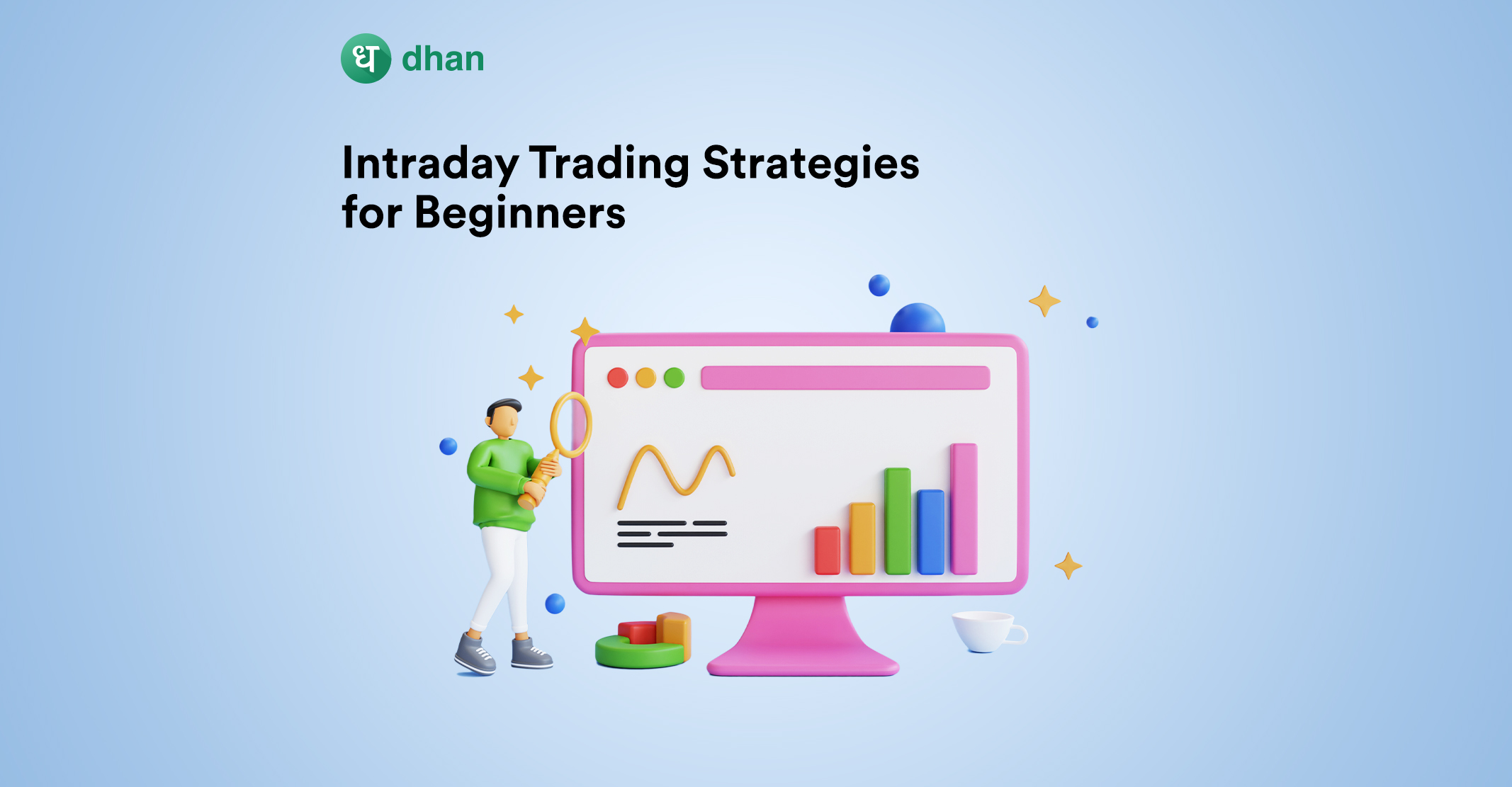If you’ve landed on this blog, you’re either exploring new trading strategies or thinking about moving from swing trading to trend trading (or vice versa). Either way, you’ve come to the right place!
We’re going to walk you through swing trading vs trend trading by evaluating their fundamental differences. But first, let’s go through the meaning of each trading strategy.
What is Swing Trading?
Swing trading is a short-term strategy where you’d hold a position for a few days, weeks, to months. Typically, the positions last from 7 days to less than a year.
The main motive behind swing trading is to capture swings that occur naturally due to the volatility of the market, provided that the price swings within a defined range of support and resistance.
As a swing trader, you’d normally allocate a large chunk of your capital to one position with the aim of generating meaningful returns that can add up over a volume of trades.
By the way, swing trading is often confused with long-term investing. Here’s a blog that clears the air: Swing Trading vs Long-Term Investing
What is Trend Trading?
Trend trading is a short to medium-term strategy where you’d hold a position for months, typically longer than a swing trader does. The primary goal of trend trading is to ride a trend until it ends.
Regardless of whether there’s an uptrend or downtrend, you as a trend trader will plan your trading setup to capture the entire lifecycle of the trend to generate profits.
As a trend trader, you’d normally allocate a small chunk of your capital across multiple positions with the aim of generating significant returns using technical analysis on candlestick charts.
Swing Trading Vs Trend Trading
So far, you must’ve noticed that swing trading and trend trading have certain differences. Most of these differences revolve around capital, frequency, and holding period. Let’s dig deeper into each difference.
1. Capital
The goal of swing trading is to generate small yet consistent returns that can add up to be significant. On the contrary, trend trading aims to generate significant returns from the get-go.
These goals naturally mean that a swing trader would risk less per trade whereas a trend trader would risk more.
2. Frequency of Trades
Trends can last for a longer time than swings. That’s why a trend trader would make fewer trades than a swing trader because their capital will be locked into their position for longer.
P.S: Intraday traders trump both swing traders and trend traders when it comes to the frequency of trades. Here’s a blog that compares the former with day trading: Swing Trading vs Day Trading
3. Holding Period
Take a guess – who holds a position longer when it comes to swing trading vs trend trading? If your guess was trend trading, you’re correct! Because trends can go on for much longer than a swing.
To achieve this, trend traders will typically turn to momentum indicators like the Aroon Indicator or Bollinger Bands Indicator while swing traders will turn to MACD or RSI.
4. Profit
Per trade, swing traders are known to generate lower returns than trend traders. But the thing is, swing traders stand to earn more overall because the returns they generate tend to add up over time.
5. Persona
Swing trading and trend trading are much more laid-back forms of trading compared to intraday. However, both strategies require an in-depth understanding of technical analysis.
This makes swing trading and to a lesser extent trend trading, an achievable segway from investing to trading, contingent on getting the basics of technical analysis right.
Trend trading comes in many forms, some of which we’ve listed in this blog: Best Forex Trading Strategies
Is It Better to Swing or Trend Trade?
Much like most strategies, swing and trend trading have their respective pros and cons.
While both are relatively low effort compared to day trading, there’s a degree of nuance required to pull off a swing or trend trade.
Technical analysis, although learnable, has its challenges and it is something you need to come to terms with if you’re to swing or trend trade.
That’s why it’s important to learn the basics and much more important to learn by doing before understanding what works for you.



